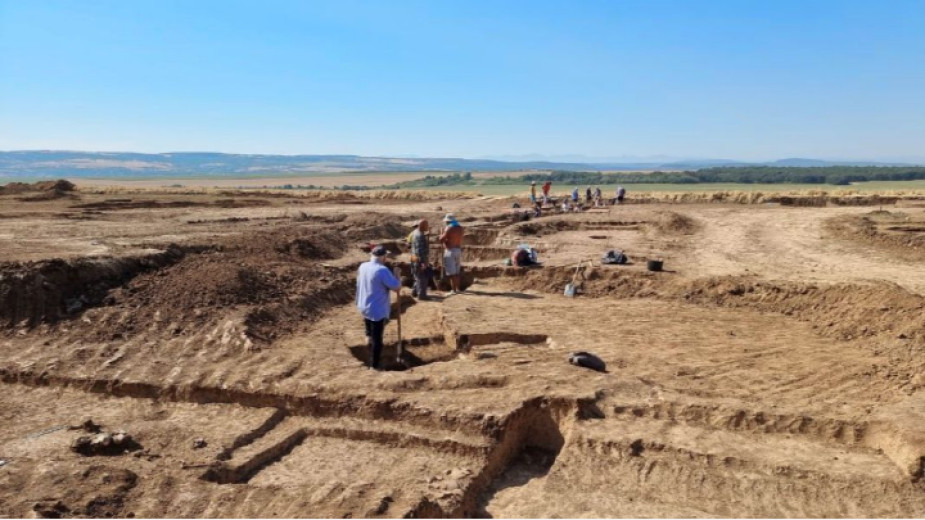 10
10







The Bulgarian Orthodox Church has issued an official statement on “pagan neo-Hindu propaganda with pseudo-Christian elements”. The bishops of the Bulgarian Orthodox Church call for greater vigilance against “touring gurus, self-proclaimed “spiritual..
Our lands are the cradle of ancient civilizations. Thanks to Bulgarian archaeologists, they are becoming known to the general public, said Prime Minister Rosen Zhelyazkov at the presentation in Sofia of the restored statue of a man from the ancient..
The Regional History Museum in Gabrovo displays a modest, rectangular piece of paper measuring 10 by 15 cm : the first Bulgarian banknote — a twenty-leva bill with the serial number 000001. It was printed on August 1, 1885, in St. Petersburg, and this..

+359 2 9336 661
